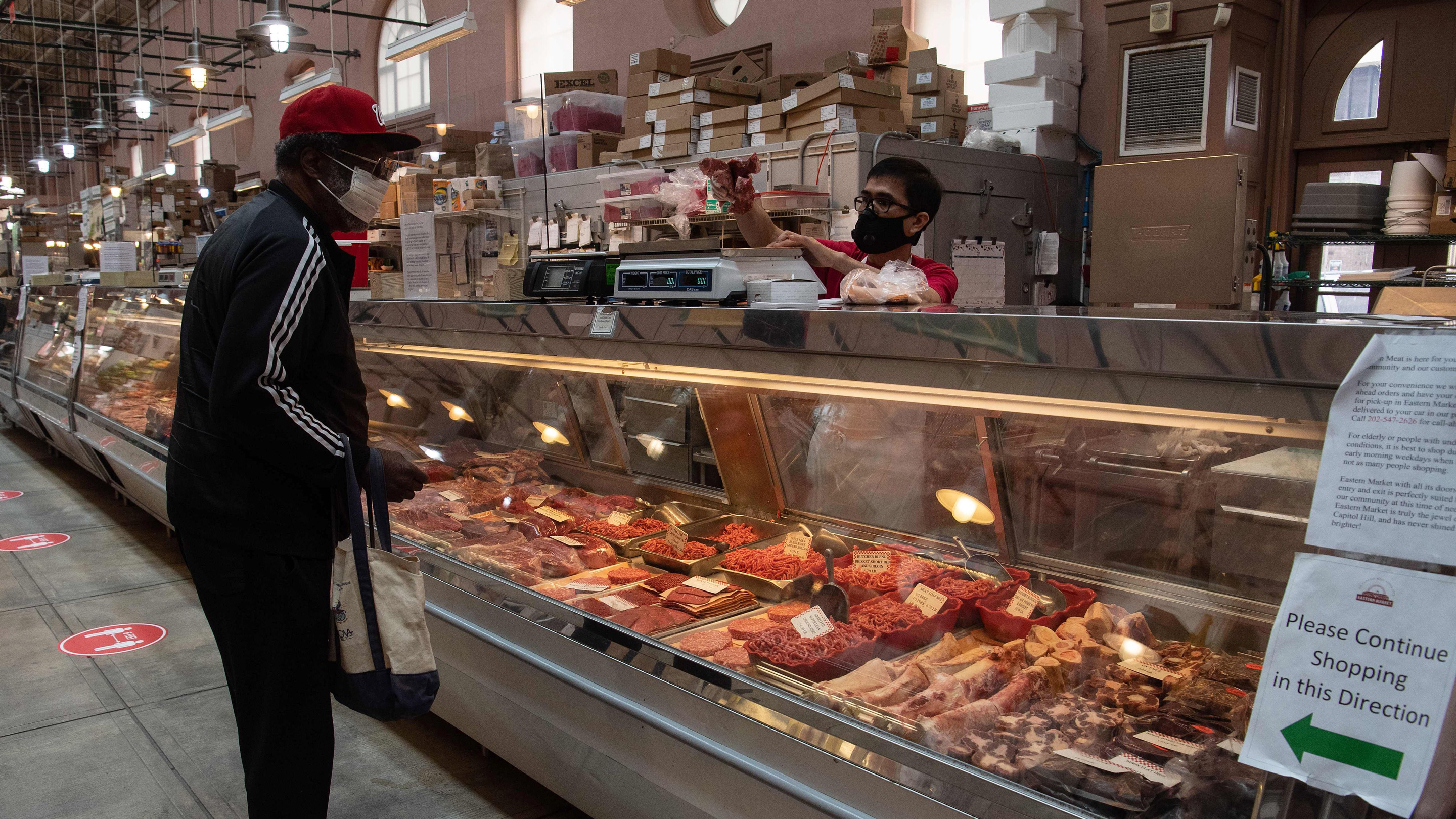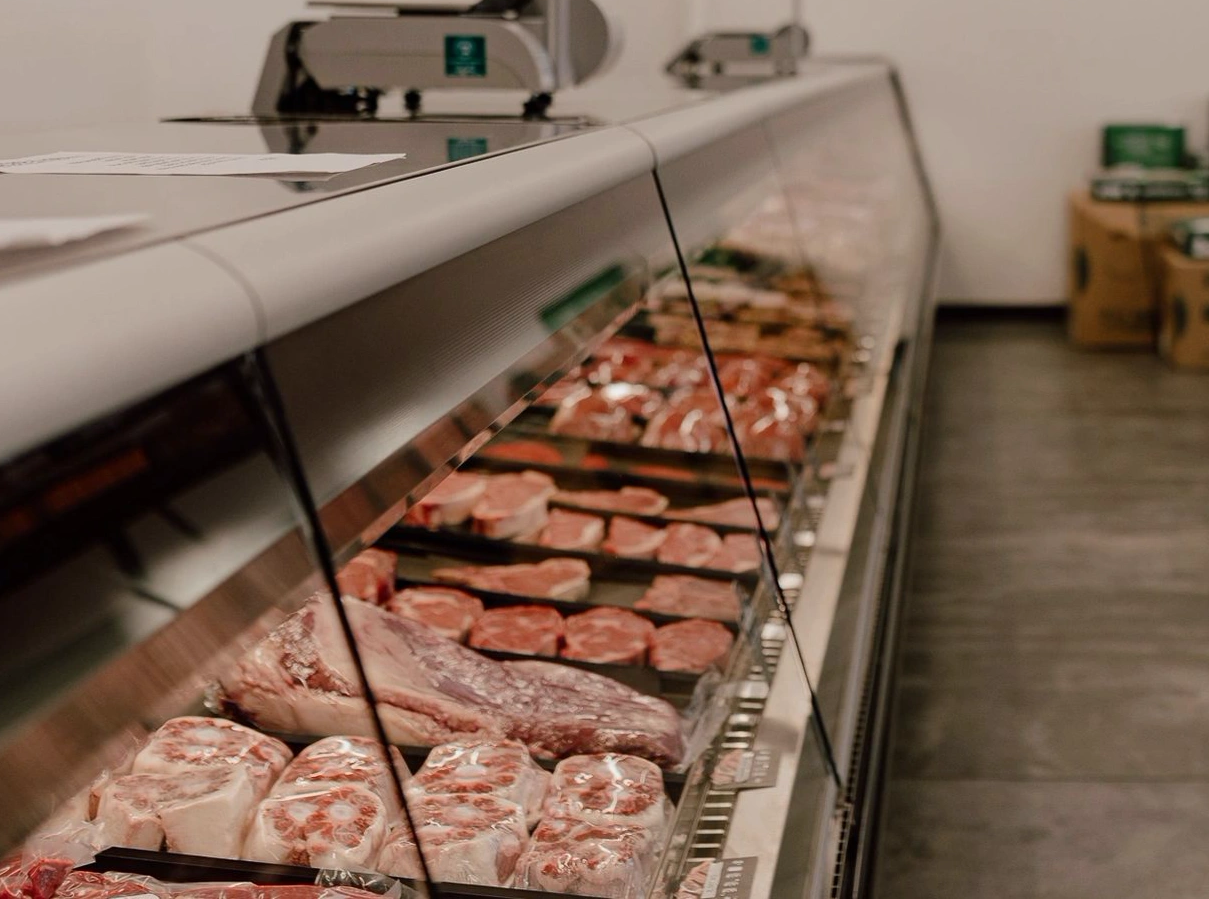Uncover the Art of the Butcher's Cut in a Modern Meat Market
In the ever-evolving landscape of modern meat markets, the butcher's cut has transcended its traditional roots, combining age-old craftsmanship with contemporary techniques. bagley farms meat market edwardsville il. Today's butchers are not merely processors of meat; they are experienced craftsmens who emphasize sustainability and ethical sourcing. Their know-how in choose and preparing cuts tailored to specific culinary demands provides an unmatched dining experience. What genuinely establishes the contemporary butcher apart is their ability to build a much deeper link in between consumers and the origins of their meat. How do these masters equilibrium custom with development, and what implications does this have for the future of meat intake?
Evolution of Butchery Methods

The mid-20th century saw butchery techniques better improved by scientific understandings into muscular tissue biology and meat aging, enhancing both inflammation and preference. Developments like vacuum cleaner packaging and refrigeration prolonged product shelf-life, allowing butchers to diversify offerings and boost quality assurance. This duration likewise noted the increase of customized equipment, such as band saws and meat slicers, which increased accuracy and efficiency in meat handling.
The 21st century has actually introduced digital technology right into the butchery world. Digital systems currently help in tracking animal provenance and enhancing cuts to meet certain consumer preferences. Furthermore, a revival in artisanal butchery has actually emerged, blending typical skills with contemporary expertise to provide to consumers looking for moral and lasting meat options. This evolution underscores a vibrant interaction between tradition and innovation, meeting contemporary needs while protecting the craft's heritage.

Recognizing Meat Cuts

Comprehending the intricacies of meat cuts is essential for both butchers and customers seeking high quality and worth. Each cut originates from a various component of the animal, presenting distinct flavors, structures, and cooking methods. Mastery of these distinctions not just enhances cooking experiences yet likewise takes full advantage of the utility of each carcass. For butchers, exact cuts show ability and respect for the craft, ensuring minimal waste and ideal return.
The primary classifications of meat cuts consist of primitive, sub-primal, and retail cuts. Butchers then break these down even more into sub-primal cuts, before ultimately generating retail cuts available to consumers, like ribeye or tenderloin.
Recognizing muscle mass composition is critical; muscles used more regularly by the animal have a tendency to be harder and are best fit for sluggish food preparation methods, while less-used muscular tissues, like those discovered in the loin, are a lot more tender and suitable for grilling or roasting. Experience with these distinctions encourages consumers to make educated options, improving their cooking endeavors.
Choosing High Quality Meat
Picking the ideal meat entails more than simply selecting an aesthetically appealing piece from the screen. The art of choosing quality meat visit their website calls for a discerning eye and understanding of specific features that represent freshness and excellence.
Second of all, consider the marbling, which describes the white flecks of fat within the muscle mass. Appropriate marbling is a vital indicator of inflammation and flavor, as it thaws during cooking, boosting the meat's juiciness. Remember, greater marbling often associates with exceptional high quality cuts, such as USDA Prime.
Texture is one more vital variable; meat must really feel solid to the touch, not slimy or excessively soft. In addition, bear in mind the fragrance. Fresh meat needs to have a clean, neutral odor, without any type of sour or repulsive odors.
Pairing Cuts With Cooking Methods
Effectively pairing cuts of meat with the proper food preparation techniques is vital for achieving optimal flavor and texture. Different cuts vary in inflammation, marbling, and connective cells content, each calling for specific techniques to open their potential. Tender cuts like filet mignon and ribeye, with their intrinsic marbling, advantage from high-heat, quick-cooking methods such as cooking or pan-searing. These methods improve the meat's natural tastes and make sure a juicy coating.
Alternatively, harder cuts like brisket and chuck roast are rich in collagen, which breaks down into jelly when cooked gradually. These cuts are perfect for braising or slow roasting, enabling the meat to tenderize over time and establish deep, complex flavors. Cuts such as brief ribs and pork shoulder fare well with slow-cooking methods, where extended cooking times change their robust structures right into delicious dishes.
Lamb shanks and oxtail, which call for long term cooking to tenderize, are excellent prospects for cooking or sluggish simmering. These techniques coax out abundant, hearty tastes while preserving wetness. By comprehending the unique characteristics of each cut, cooks and home chefs alike can raise their culinary productions, guaranteeing each dish is both satisfying and memorable.
The Butcher's Role Today
Browsing the progressing landscape of the click here to read modern meat market, the butcher's duty today extends past simple preparation of cuts. Contemporary butchers are culinary artisans, instructors, and supporters for lasting techniques. They connect the space in between the farm and the fork by ensuring moral sourcing, comprehending pet husbandry, and prioritizing openness in the supply chain. This shift reflects the growing customer need for quality over quantity, where provenance and pet welfare are vital.
Along with crafting specific cuts, butchers now engage directly with clients, supplying cooking suggestions and customizing selections to suit private requirements and preferences. Their proficiency in meat aging, marbling, and flavor profiles equips customers to make informed decisions, enhancing their cooking experiences. This tailored service exhibits the butcher's developing function as a relied on consultant in the kitchen area.
In addition, butchers are crucial in reducing waste, using whole animals to create varied products such as sausages and stocks - bagley farms meat market edwardsville il. This comprehensive technique not just values the pet yet also aligns with modern sustainability objectives. In this method, the modern-day butcher personifies both tradition and innovation, adjusting to an ever-changing market while protecting the virtuosity and integrity of their craft

Final Thought
The contemporary butcher's craft intricately weaves websites traditional strategies with modern developments, highlighting lasting techniques and moral sourcing. Mastery in understanding varied meat cuts and top quality indications empowers butchers to supply educated referrals, lining up specific cuts with optimum food preparation approaches. This expertise not just raises culinary experiences yet likewise enhances the link between customers and the beginnings of their food. By honoring historic methods while accepting contemporary needs, the butcher's function remains vital in today's sophisticated meat market.